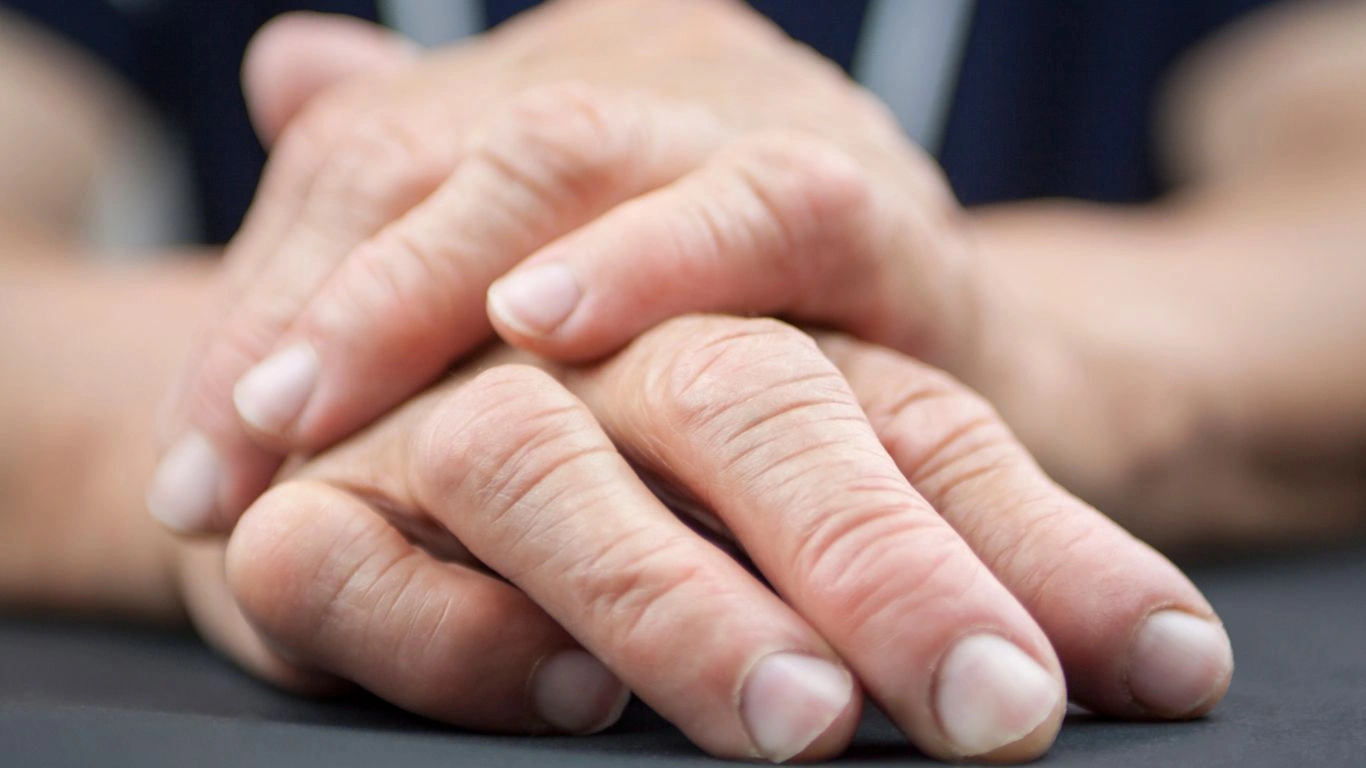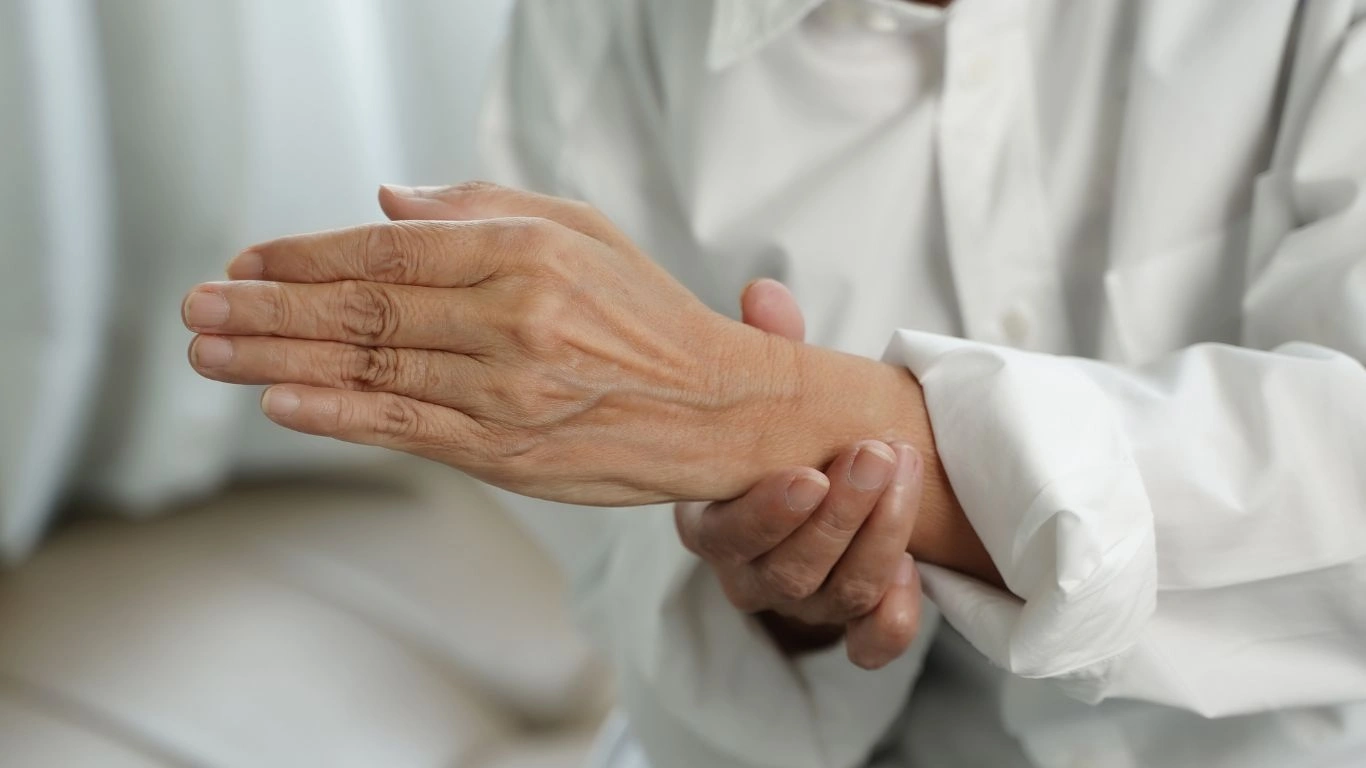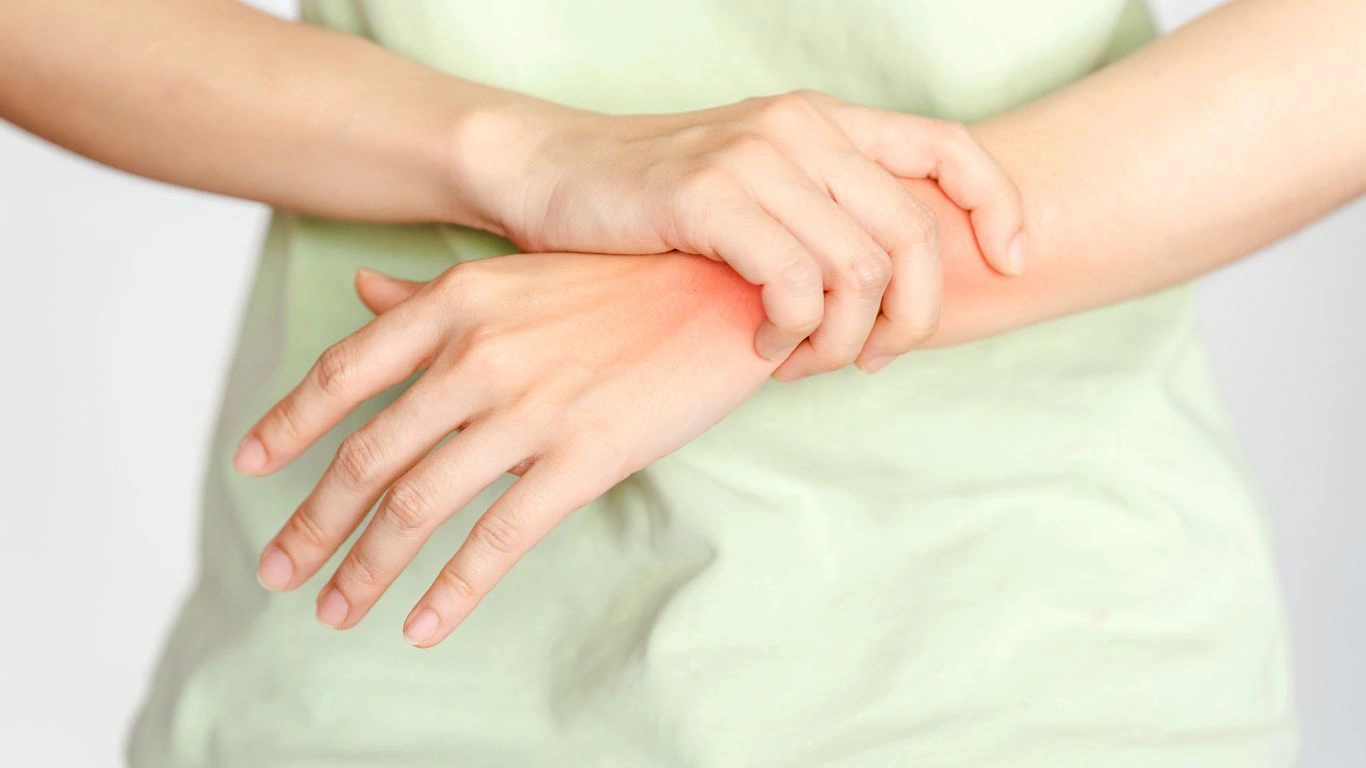Rheumatoid Arthritis and the Best Lifestyle Changes: How Small Tweaks Can Make a Big Difference
Living with rheumatoid arthritis (RA) can be exhausting, frustrating, and sometimes downright overwhelming. If you’ve ever felt like the pain and stiffness were taking over your life, you’re not alone. But here’s the good news: making the right lifestyle changes can really help. I’ve seen firsthand how small shifts in diet, exercise, and stress management can have a huge impact on someone’s journey with RA. So, let’s dive into the best lifestyle changes that can make a meaningful difference in managing your RA symptoms and improving your quality of life.
Why Lifestyle Changes Matter for Rheumatoid Arthritis

When it comes to RA, medication is important—there’s no question about it. But lifestyle changes? They can supercharge your treatment and help you feel better overall. I’ve worked with so many patients who were able to reduce inflammation, improve mobility, and even feel more energetic simply by adjusting their habits.
Here’s the thing: you don’t have to wait until you’re in the middle of a flare-up to make changes. In fact, the earlier you start making these shifts, the more you’ll benefit long-term. So let’s talk about the best lifestyle changes for RA, starting with one of the most powerful weapons you have—your diet.
1. Eat Your Way to Less Inflammation: Anti-Inflammatory Diet for RA

Now, I know what you’re thinking: “Diet? Really?” Yes, really! The food you eat can either fuel inflammation or help reduce it. And when you’re living with rheumatoid arthritis, you definitely want to focus on foods that work with your body, not against it.
The Power of Omega-3s:
I can’t stress this enough: omega-3 fatty acids are your best friend when it comes to reducing inflammation. They’re packed into fatty fish like salmon, mackerel, and sardines. I’ve had clients who, after adding more fish to their meals, noticed a real decrease in their joint stiffness and pain.
I’ve also recommended flaxseeds and chia seeds for those who aren’t into fish, and they work wonders too. I remember one client, Jane, who was initially skeptical but decided to give it a shot. After a month of adding flaxseeds to her smoothies and making a point to eat more salmon, she reported less swelling in her wrists. It’s all about those healthy fats.
Leafy Greens and Berries for the Win:
If you’re not already eating leafy greens, like kale, spinach, and Swiss chard, it’s time to start! These veggies are packed with antioxidants and vitamins that help fight inflammation. I’m telling you, there’s no better way to fuel your body than with these nutrient-dense foods.
And berries—don’t get me started! Blueberries, strawberries, and raspberries are loaded with polyphenols, which have anti-inflammatory properties. If you’re a fan of fruit, make berries your go-to snack.
Watch Out for Pro-Inflammatory Foods:
On the flip side, there are certain foods you should steer clear of because they tend to increase inflammation. You don’t have to completely cut them out (I’m not about to take away your weekend pizza), but it’s a good idea to limit things like:
- Processed foods: Chips, cookies, and all those packaged treats are loaded with added sugars and unhealthy fats.
- Red meat: While it’s fine to have it occasionally, excessive consumption can promote inflammation.
- Fried foods: Anything deep-fried tends to increase inflammation in the body.
2. Move Your Body: Exercise Without the Strain

I know—sometimes even the thought of exercise can feel daunting when you’re dealing with RA pain. But hear me out. Regular physical activity, even something as simple as walking or swimming, can make a huge difference in how you feel.
Why Movement Helps:
One of the best things exercise does for RA is keep your joints flexible. It also helps reduce stiffness and pain over time. I’ve had so many clients tell me that after just a few weeks of regular activity, they noticed less morning stiffness and improved mobility.
Joint-Friendly Exercises for RA:
- Swimming or Water Aerobics: This is an amazing exercise for RA because the buoyancy of the water supports your body, reducing stress on your joints while still allowing for a full-body workout.
- Walking: It’s low-impact and can be done almost anywhere! Plus, it’s a great way to get your circulation going.
- Yoga and Tai Chi: These exercises combine gentle stretching and breathing techniques, which can help improve flexibility and reduce stress (which, as you’ll see, is important for RA).
- Strength Training: Lifting light weights can help build muscle around your joints, providing better support and reducing pain. Always start slow, though—don’t go too heavy!
Remember, the key is finding what works for you. You don’t have to run a marathon or do an hour-long yoga session every day. Even just 15–20 minutes of low-impact exercise can make a big difference.
3. Stress Less, Live More: Stress Management for RA

Stress is a huge contributor to RA flare-ups. I can’t tell you how many times I’ve seen a patient’s symptoms worsen during a stressful period in their life. Stress can trigger inflammation, making you feel even worse.
Ways to Manage Stress:
- Meditation and Deep Breathing: Even just 5–10 minutes of deep breathing can help calm your nervous system and reduce inflammation. Try starting your day with a few minutes of deep breaths.
- Mindfulness: Practicing mindfulness can help you stay in the moment and not get caught up in worries about your condition.
- Relaxing Activities: Whether it’s reading, listening to music, or even gardening, find something that helps you unwind and enjoy some downtime. I had a patient named Laura who took up knitting, and she swears by how calming it is.
4. Sleep Like a Pro: Prioritize Rest for RA
Let me tell you, if you’re not getting enough quality sleep, you’re missing out on one of the easiest ways to help your body recover. I know it’s hard to sleep well when you’re in pain, but a lack of sleep can actually make the pain worse. It’s a vicious cycle.
Sleep Tips for Better Rest:
- Create a Relaxing Bedtime Routine: This can include reading a book, taking a warm bath, or practicing some light stretching before bed.
- Keep a Regular Sleep Schedule: Try to go to bed and wake up at the same time every day.
- Invest in a Good Mattress: Trust me on this one. A mattress that provides enough support for your joints can make a huge difference in how you feel in the morning.
5. Stay Consistent and Track Your Progress
Okay, so by now, you’ve got a pretty good idea of the lifestyle changes that can help manage your RA. But here’s the thing: consistency is key. It’s not about making perfect changes—it’s about sticking with them and seeing how they make you feel.
Track Your Journey:
I always encourage my patients to keep a journal of their symptoms, food, exercise, and stress levels. It’s a great way to track what’s working and what needs adjustment. Plus, it can be super motivating to see how far you’ve come.
Key Takeaways / Summary
Making lifestyle changes for rheumatoid arthritis isn’t about making drastic, overnight transformations. It’s about making small, sustainable tweaks that you can stick with. Whether it’s improving your diet, adding exercise, managing stress, or getting better sleep, each change plays an important role in your overall health. So start small, stay consistent, and give yourself credit for every little step.
FAQs
1. Can diet really help reduce inflammation in RA?
Yes! An anti-inflammatory diet with foods like omega-3-rich fish, leafy greens, and berries can help reduce inflammation and improve symptoms.
2. What exercises are best for people with rheumatoid arthritis?
Low-impact exercises like walking, swimming, and yoga are great choices for RA. They help improve flexibility without putting too much strain on your joints.
3. How can I manage stress with RA?
Mindfulness, deep breathing exercises, and relaxing activities like knitting or reading can help manage stress and improve your overall well-being.
4. How long does it take to see results from lifestyle changes?
Everyone is different, but you might start noticing improvements within a few weeks to a few months.
Appendix
References:
Disclaimer:
This article is for informational purposes only and is not intended as medical advice. Always consult with a healthcare provider for guidance tailored to your individual needs.
Call to Action:
Ready to make a change? Start with one small lifestyle tweak today and see how it makes you feel. And don’t forget—you don’t have to do it alone. Subscribe to my newsletter for more tips and support on living with RA.

Tarra Nugroho is a dedicated Nurse Practitioner with a strong foundation in family and preventive care. She brings both compassion and clinical expertise to her practice, focusing on patient-centered care and health education. As a contributor to Healthusias.com, Tarra translates medical knowledge into clear, empowering articles on topics like women’s health, chronic disease management, and lifestyle medicine. Her mission is simple: help people feel seen, heard, and informed—both in the clinic and through the content she creates. When she’s not caring for patients, Tarra enjoys weekend hikes, plant-based cooking, and curling up with a good health podcast.






